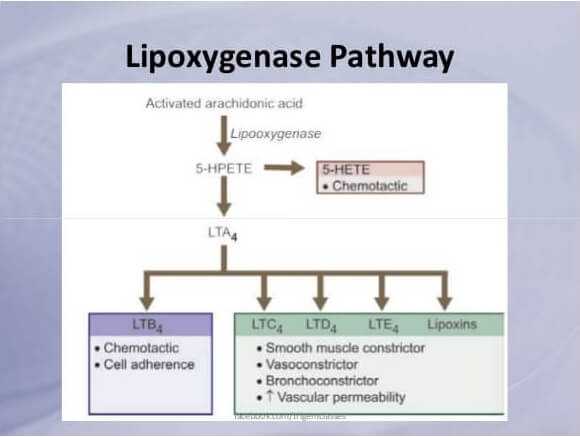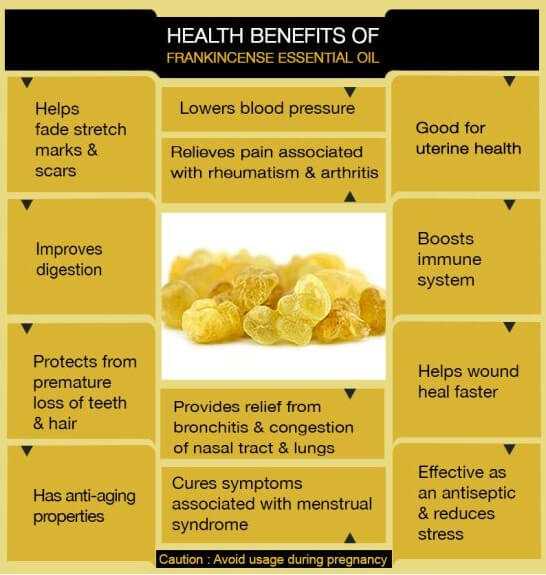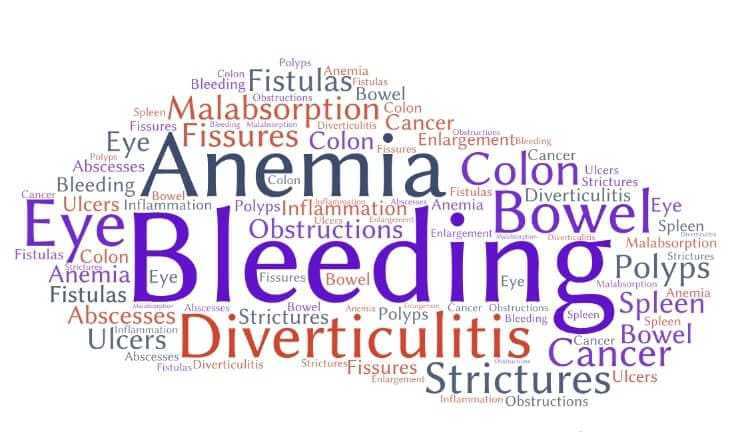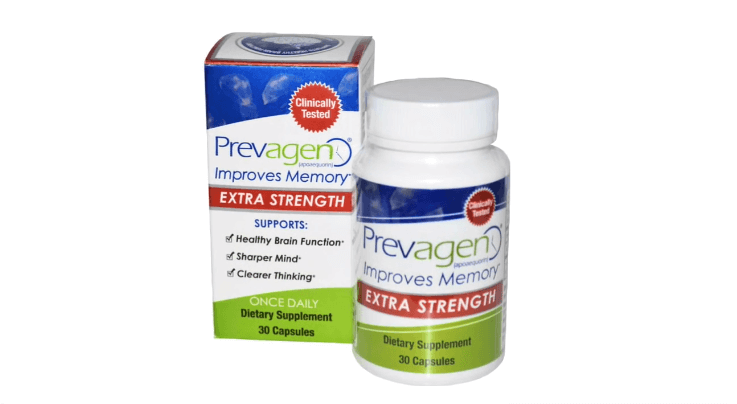7 Medicinal Uses of Frankincense – An Old Remedy Finds New Uses

11 And after entering the house, they saw the Child with Mary His mother; and they fell down and worshiped Him. Then, after opening their treasure chests, they presented to Him gifts [fit for a king, gifts] of gold, frankincense, and myrrh.
Matthew 2:11 Amplified Bible (AMP)
Have You Considered This?
Frankincense has been in use medicinally for thousands of years. Only recently have the ingredients been identified that have a medicinal effect. In this monograph I will discuss 7 medicinal uses of Frankincense – an old remedy finds new uses.
Frankincense is best known as one of the 3 gifts that the wise men presented to Mary, the mother of Jesus, as a gift with symbolic significance.
Though a lengthy treatise on the symbolism of Frankincense is beyond the scope of this article, its inclusion into the gifts given to the baby Jesus exemplifies that it had deep spiritual significance during the time of the birth of Christ.
Since ancient times, Frankincense has been used in many countries such as Africa, China, India, and the Middle East for the prevention and treatment of various illnesses, especially chronic inflammatory diseases. Since that time, the medicinal use of Frankincense has broadened and now includes the treatment of certain infections, tumors, Diabetes, Heart Disease, Skin diseases, fertility, and even memory.
In the next section I will discuss the different types of frankincense and the various medicinal compounds it possesses.
What is Frankincense?

Frankincense comes from the Boswellia species of trees that are indigenous to the Middle East, India, Africa, and China. The tree itself is small and often resembles a bush with limitations in the size of growth.
The Frankincense comes from the resin that is secreted by the tree.
The resin is harvested by scraping the bark of the tree causing the resin to be secreted. It is allowed to harden at the secretion site and retrieved sometime later. Good quality resin is only secreted for about 3 years by any given tree.
Frankincense is produced mainly by four species of trees. They are Boswellia serrata from India, Boswellia carterii from East Africa and China, Boswellia frereana from Northeast Africa, and Boswellia sacra from the Middle East. The most traded frankincense in today’s world is produced in Oman, Yemen, and Somalia.
The Frankincense resin is a complex collection of many chemical compounds. The most biologically active group of compounds are the Boswellic acids. Curiously, the chemical structure of Boswellic acids closely resembles that of steroids.
In addition, their primary mechanism of action is somewhat different from other painkillers or non-steroidal anti-inflammatory drugs (NSAIDs) and is related to immune system down regulation. This different mechanism results in significantly less toxic side effects and drug interactions when compared with other medication of comparable efficacy.
Each species of Bosellia contain different amounts of the biologically active substances. The substances exist as resins, gums, and essential oils.
Frankincense generally contains 60-85% resins (which are mixtures of terpenes), 6-30% gums (which are mixtures of polysaccharides), and 5-9% essential oils. Resins are composed of pentacyclic triterpenes of which the Boswellic acids are the most active molecules.
There are 4 different variations of the Boswellic acids: β-boswellic acid (BA), acetyl-β-boswellic acid (ABA), 11-keto-β-boswellic acid (KBA), and 3-O-acetyl-11-keto-β-boswellic acid (AKBA). These isomers have been shown to be responsible for the inhibition of pro-inflammatory enzymes.
AKBA is the most important anti-inflammatory of the group of substances found in Frankincense.

It inhibits an enzyme called 5-lipoxygenase, which is responsible for mediating inflammation.There is much more detail that I could share with you. Frankincense has been extensively studied and there is much more known about its chemical structure, but that is really beyond the scope of this introductory article.
How Does It Work?
Inflammation in the human body can be both a healing mechanism as well as a generator of disease. When occurring in an extreme or “out of control” fashion, inflammation becomes a cause of many diseases.
The diseases are characterized by the particular organ system that the inflammation is predominately occurring in. Such that, uncontrolled inflammation of joints can cause arthritis, uncontrolled inflammation of the large intestine can cause Ulcerative Colitis, and so on and so forth.
AKBA or 3-O-acetyl-11-keto-β-Boswellic acid acts as an anti-inflammatory by binding to 5-lipoxygenase which disrupts the production of leukotrienes (substances that mediate many aspects of inflammation).
The more binding of lipoxygenase the greater the reduction of inflammation.
Given the anti-inflammatory effect of Frankincense, there are a number of diseases that may be helped with the administration of it. I will review 7 in the next section.
7 Medicinal Uses of Frankincense

-
Asthma:
Asthma is a disorder that involves inflammation of the airways of the lung. This results in smooth muscle constriction of the airway, an increase in mucous secretion, and even thickening of the small “air tubes” themselves (called bronchioles). Overtime, uncontrolled asthma can cause permanent changes in the lungs due to the chronic inflammation.
The usual prescription medications used for asthma either decrease the inflammation of the airways or decrease the constriction. Many of the medications used for asthma have long term side effects (as the medications are taken frequently and long term).
Frankincense has been shown, in several studies, to actually reduce the inflammation in the lungs of people with asthma. This may result in reducing or even weaning off from the more dangerous prescription medications for asthma.
In one study using Frankincense, patients with chronic bronchial asthma were treated with the B. serrata preparation of 300 mg three times a day for 6-weeks. 70% of the patients in the study had disappearance of physical symptoms and signs such as dyspnea (difficulty in breathing), wheezing (hissing lung sound), and a decrease in the number of attacks.
-
Heart Disease:
Many people don’t understand that heart disease is actually a disease of arterial inflammation. The coronary arteries (the arteries that feed blood to heart muscle) are susceptible to atherosclerotic deposition (called a plaque).
Coronary arteries that have plaques are in a state of inflammation. The inflammation accelerates the growth of the plaque and can close off the artery (this is called a heart attack or myocardial infarction).
AKBA reduces inflammation through the inhibition of nuclear transcription factor-kappa B (NF-κB) as well as through blocking lipoxygenase. It may be that Frankincense taken on a chronic basis could reduce the formation of atherosclerotic plaques.
More research is needed to determine whether this will be the case. In the meantime, perhaps we should be taking frankincense supplements?
-
Inflammatory Bowel Disease:
Inflammatory Bowel Disease (IBD) constitutes 2 basic diseases: Ulcerative Colitis (UC) and Crohn’s Disease (CD). Ulcerative Colitis is an inflammation of the colon that causes pain, frequent stools, bleeding, and can increase the risk for colon cancer.
Crohn’s Disease is a disease of the small bowel (and sometimes large bowel) that cause inflammation, adhesions, perforations, and fistula formation (abnormal connections of one part of the bowel to another). Pain is also a large part of this syndrome.
The gum resin of B. serrata has been shown to be effective in the treatment of UC and results in few side effects. B. serrata at a dosage of 350 mg three times a day over a period of 6 weeks is effective in inducing remission of UC in about 80% of the cases in one published study.
This compares very favorably with the more traditional therapy for UC with sulfasalazine. The reported side effects with this form of Frankincense therapy was associated with a lower incidence compared to other more traditional therapies.
It would seem that Frankincense should be a part of all UC treatment regimens.
-
Leukemia:
The four triterpenic acids previously mentioned (BA, ABA, KBA, and AKBA) inhibit the synthesis of DNA, RNA, and protein in human leukemia HL-60 cells in a dose-dependent manner. AKBA induces the most pronounced inhibitory effect.
The anticancer activity of AKBA seems to be attributable to the inhibitory effect on the lipoxygenase. This leads to the inhibition of cell proliferation and induction of apoptosis (cell death) in tumor cells.
This anti-cancer effect is most pronounced with the myeloid cell line of leukemias. Actual human trials will need to be performed before the clinical application of Frankincense for leukemia can be recommended.
However, using Frankincense as adjunctive treatment (that is, added to conventional treatment) may be a good idea given the evidence already available for it.
-
Prostate Cancer:
There is early evidence that AKBA reduces the likelihood that Prostate cancer cells will attach to the interior walls of blood vessels…a factor that is necessary for metastasis. Several other substances in Frankincense inhibit Prostate cancer growth and can even cause death of the cancerous cells.
Here again, more human trials are needed before you would use Frankincense as the primary therapy for Prostate cancer alone. However, it may be advisable to take it as an adjunct to amplify the effect of more conventional treatments for Prostate cancer.
-
Diabetes:
Though human studies are pending, a number of rat studies have shown Frankincense improves blood sugar, cholesterol, triglycerides, serum creatinine (a measure of kidney function), and liver enzyme levels. It may be particularly helpful in the most serious type of Diabetes…the Type I variety.
Type I Diabetics have an autoimmune mechanism where the pancreas cells that make insulin are actually destroyed. Early animal studies seem to indicate that Frankincense may reduce the autoimmune reaction causing the Diabetes.
Perhaps taking Frankincense early with Type I Diabetics will reduce progressing to full insulin dependence. As with other applications, more human studies are needed in this area.
-
Infections:
Previous clinical reports have indicated that Frankincense may have activity against bacteria and fungi. Bacteria are often classified according to their proclivity to take up a gram stain (a stain used to identify bacterial sub-types in the lab).
In several studies, Frankincense showed anti-microbial activity against gram positive bacteria. Both Staph epidermitis and Staph aureus (both potential human infections) have been successfully treated with Frankincense resin.
AKBA is the most potent component of Frankincense against Staph bacteria. It has the unique ability to reduce the biofilm production by Staph bacteria (a protective film produced by Staph bacteria which retards antibiotic penetration).
It could be that Frankincense treatment along with antibiotics would enhance the effect of the antibiotic against Staph (since the biofilm would be inhibited). More studies are needed.
There are many more clinical applications of Frankincense to enhance memory, reduce edema from brain tumors and even to reduce brain tumor growth. The challenge is performing the studies necessary to document its benefit in humans.
TYPICALLY, DRUG COMPANIES DO NOT INVEST MONEY INTO ALTERNATIVE TREATMENTS IF THEY WOULD NOT BE ABLE TO PATENT THE SUBSTANCE. THE RETURN ON THEIR INVESTMENT WOULD BE LESS THAN IF THEY HAD DISCOVERED A NEW MOLECULE THAT COULD BE PATENTED.
What is The Usual Medicinal Dose of Frankincense ?
The dose of Frankincense can vary widely depending on the variety and preparation of it. This is a large problem in the alternative care field.
Alternative medicines are largely unregulated by the Food and Drug Administration of the U.S. (as well as in other countries). This means that the amount of active ingredients in any given preparation of Frankincense may vary widely.
Therefore, it can be very difficult to know the actual dose of active ingredient you are taking (of AKBA for instance, the most biologically active ingredient in Frankincense). Furthermore, the different species of Boswellia (the tree that the Frankincense is harvested from) contain a range of active ingredient concentrations.
Different species of Boswellia vary widely in their concentrations of the medicinal concentrations of AKBA and other terpines.
In any case, the only guideline I could find for this article recommended a daily dose of Frankincense of 300 mg to 400 mg three times a day for use in asthma and other inflammatory conditions. The standardized extract contains 60% Boswellic acids.
The optimal dose of Frankincense, for the disorders other than asthma and inflammatory conditions, is unknown.
What are The Side Effects and Drug Interactions With The Use of Frankincense ?
The use of Frankincense, as a medicine for over a thousand years, has revealed few side effects. If a side effect occurs it will usually be nausea, heartburn, or diarrhea.
Negative effects on bleeding, kidney function, heart disease, strokes, and blood pressure have not been observed with Frankincense. Is this because the dose of the active ingredients is low?
When Frankincense was compared “head to head” with other medications for arthritis and inflammatory bowel disease, it showed a similar positive effect with fewer side effects than traditional western medicines. It also showed virtually no drug interactions.
Summary Comments
We have reviewed 7 medicinal uses of frankincense. I also reviewed the botanical background of Boswellia (the small tree that Frankincense is harvested from), the chemical ingredients, the mechanism of action of the most active ingredient – AKBA, dosage, side effects, and drug interactions.
Given the lack of standardized studies for the medicinal use of Frankincense, it would seem to make sense that it should be used as adjunctive therapy, if it is going to be used at all. The use of it as the solo therapy for an illness should not be recommended at this time.
In addition, given the lack of standardized concentrations of AKBA between manufactured types of Frankincense, it is problematic as to what dose to recommend for the different conditions it could potentially treat. Here again, adjunctive therapy seems to make the most sense.
Frankincense’s low side effect profile and drug interaction index make it an ideal substance to be used as a therapy to be added onto a more traditional western therapy.
Perhaps, in time, enough research will be performed that we would see definite clinical applications as a solo agent.
I hope you have enjoyed this monograph on Frankincense. If you have further questions or comments, please leave it below. I would love to hear from you and will answer you promptly.
Wishing you joy and healing.





